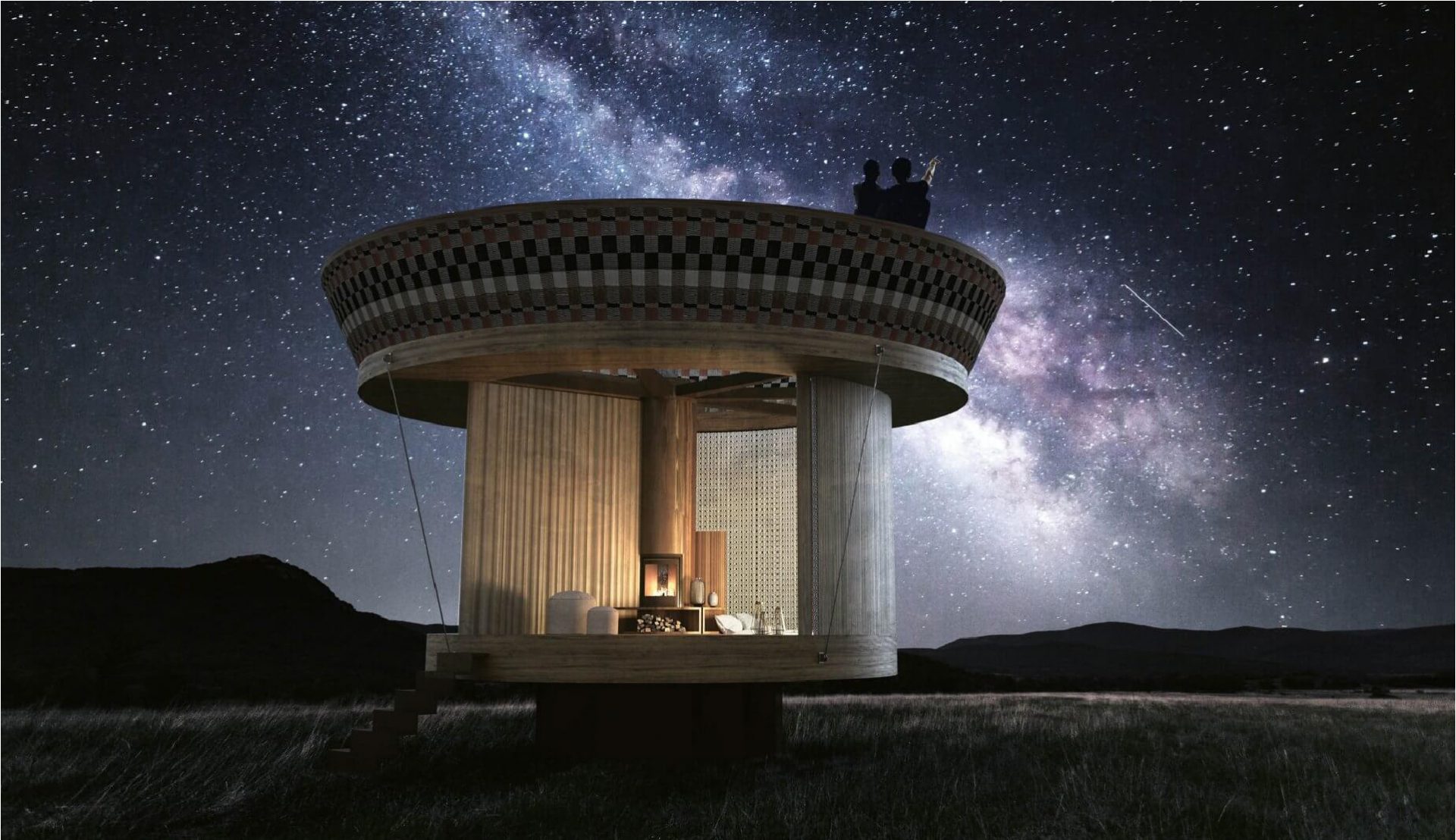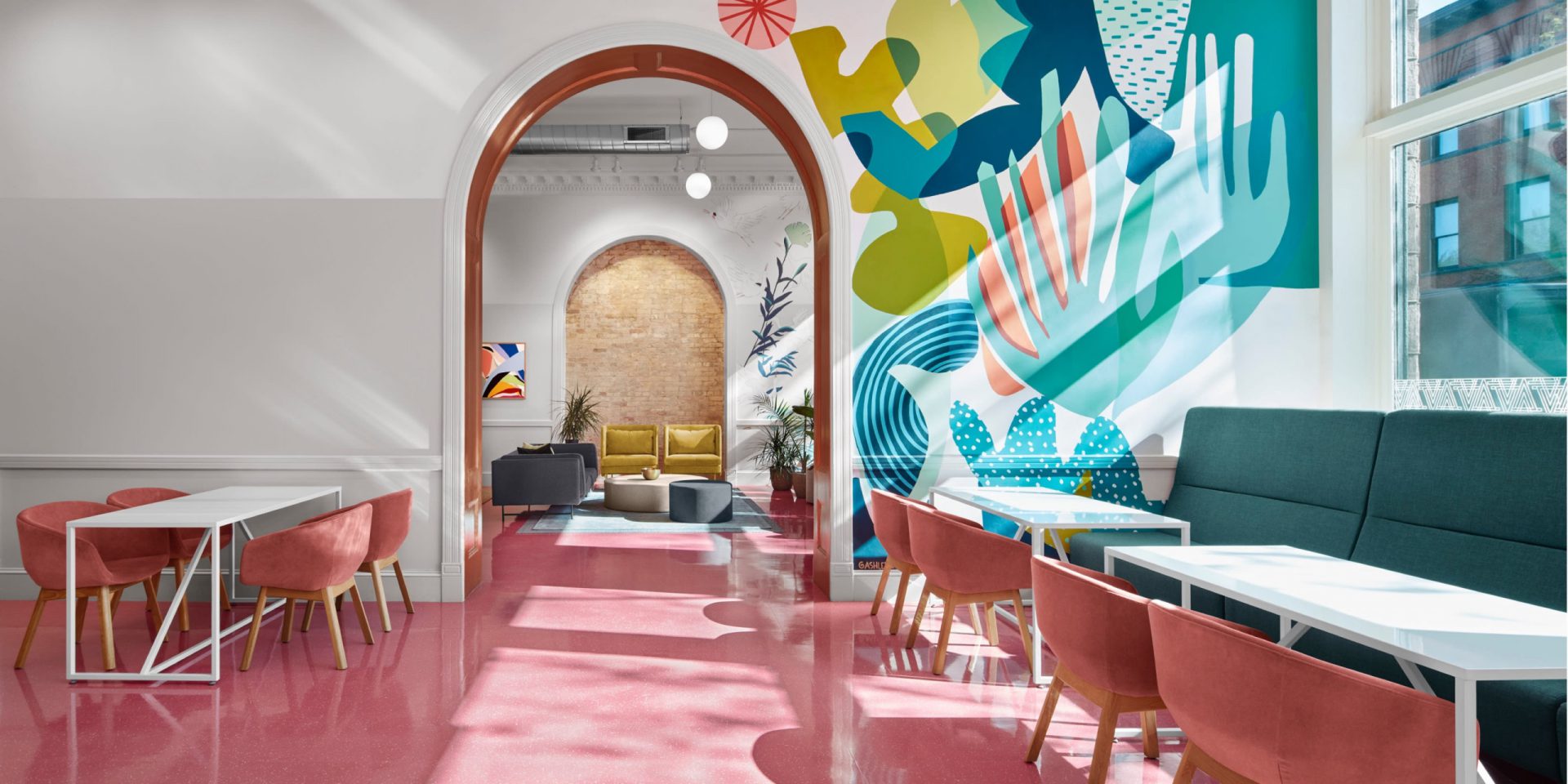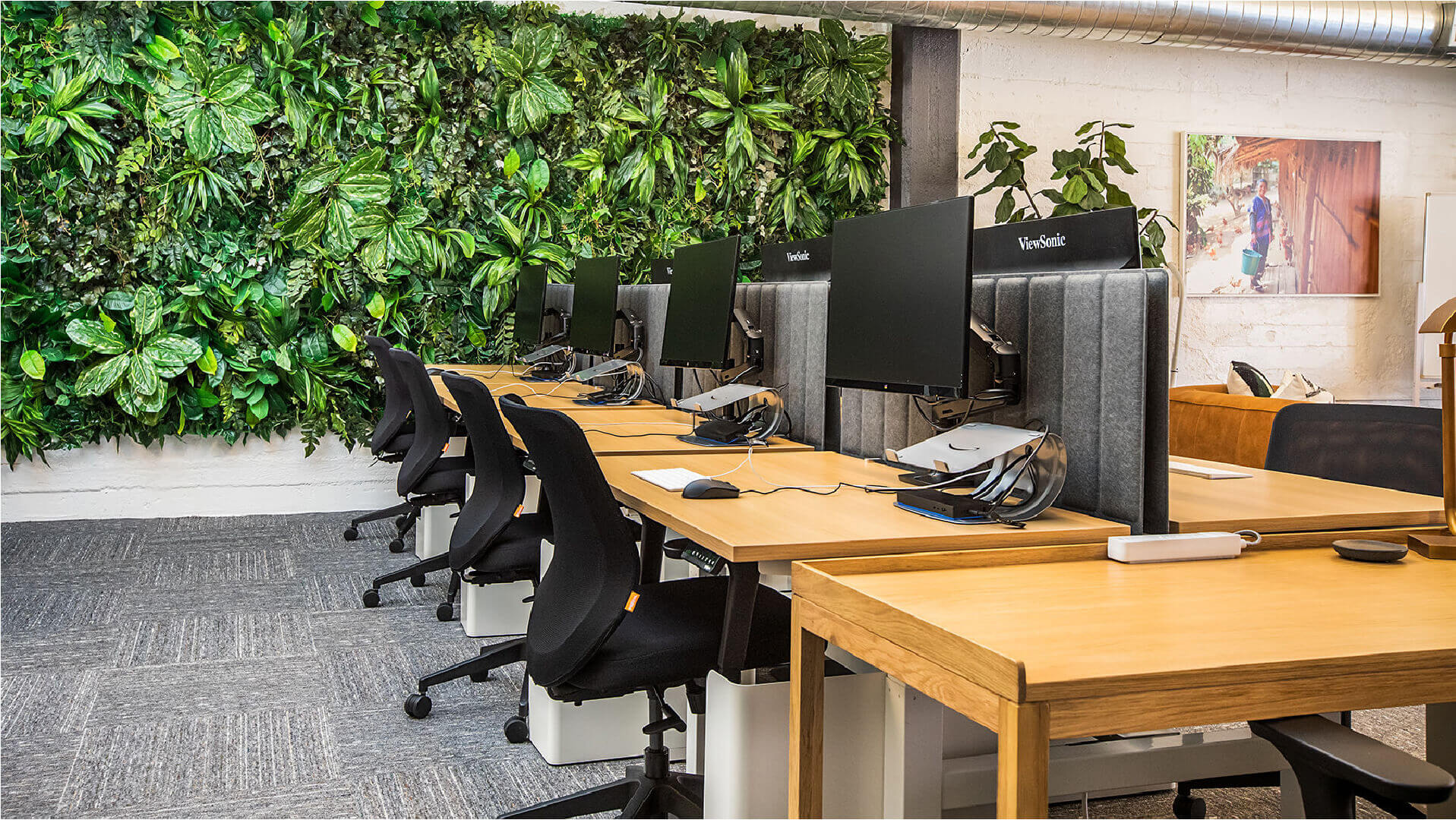Quito’s Uribe Schwarzkopf imagines the future of architecture and mobility

As a result of the pandemic, our team at Uribe Schwarzkopf has been reconsidering the structure, mobility, and lifestyle of our community in Quito, envisioning new ways to use the space of our homes, and travel through the city on public transit now and into the future.
In Quito, Ecuador, where the Uribe Schwarzkopf team lives and works developing residential projects with star architects like Bjarke Ingels, Tatiana Bilbao, and Moshe Safdie, we’re at an especially interesting juncture: with the city’s first metro set to open soon and local government and developers across the city investing in creating density across key areas. Over the next few months, I’ll be providing regular insights from the city and our projects, exploring how we are pushing towards a better, more sustainable, and more innovative future with our international collaborators.

In Quito, we live almost directly on the equator and are at one of the highest altitudes of any capital city around the world. We’ve always been an important hub for political and social activities in South America, and in recent decades have seen enormous change, massive growth in population, and a surge of new industry and creative businesses. Density and mobility were top of mind for us before the pandemic, and are even more so now, as we commit to a future of the city that is more walkable, more sustainable, more accessible, and fosters a dynamic urban center of creative energy.
COVID-19 has changed our mobilization patterns: where and how we move. City dwellers have quickly developed and embraced alternatives for how to buy, sell and consume services or products. The home now fulfills more roles than ever before, becoming a space for working, homeschooling, and entertainment, in addition to the center of family life.
While we’ve seen access to private space, especially outdoor space, become more pressing, aspects of city life like proximity to stores, service providers, and public parks have become ever more valuable, as people look to get around on foot or bicycle. According to data from the Municipality of Quito, during the quarantine the use of the bicycle increased sixfold, going from an average of 30,000 to 196,000 daily trips, creating a need to rethink our roadways, public spaces, and the connections of transit systems.

Beyond this access for ease of movement, communities must provide spaces to buy and sell basic commodities locally, and the ability of multi-unit residences to facilitate the provision of products and services, through digital services and delivery, is more important than ever.
This creates enormous opportunities for innovation, both in the sphere of public transit and for real estate developers. Architecture is taking on a new function in our day to day lives, and we will expect something different from buildings post-COVID in light of the vastly accelerated digital transformation of life and work. How will people want to move through the city in the future? What will get them there? How will goods and services come to them? And what will they expect to have close to home?
Curious to know more about how designers are improving mobility in cities? Don’t miss Navigating our way to a less complex world with Tim Fendley.

As designers, architects and constructors, we are asking ourselves some questions regarding the social organization and the role buildings play in moving people, communities, workforces, and ideas, including:
How do “mobility needs” shape preferences for housing?
As we consider mobility, it is critical to remember that this is inextricably tied to accessibility of public transit, proximity to goods and services, and ease of access.
In cities like Quito, civic regulations will restrict density in public transportation as we return to normal, while citizens will likely continue to self-regulate proximity to other people. This is especially critical in Quito, with a brand new metro opening. When it does, it will provide a terrific case study in how people are adjusting their movements around the city, prioritizing speed, ease of access, and limiting exposure to others.
We’ve been keeping track of the shifts in demand for housing, post COVID-19 mobility restrictions, at Uribe Schwarzkopf, and have noticed a trend towards properties located in the heart of the city. Rather than preferring isolation, demand has increased for homes in close proximity to the goods and services that facilitate daily life, in the event of a situation such as the one caused by the pandemic. I believe density enables the creation of neighborhoods, and tight-knit neighborhoods improve quality of life, both via proximity to shared goods and services and by enabling community and connection.

What role do multi-residence buildings play in mobility?
Multi-residence buildings have become an active agent of accessibility: they must be located, designed, and equipped to facilitate the safe and healthy access of people, goods, and services to the building, and also enable proximity to recreation and leisure activities. This means that for developers that increasing amenities, creating greater access to public space and local businesses, improving the ability to walk and bike through the city, and enhancing connections to transit systems become ever-more important in architecturally planning for the future of how residents will want to live.
Healthy urbanism plays a key role, by providing eco-efficient approaches to buildings that allow for density with an increasingly small environmental impact, and connections to community and neighbors through public spaces and pathways that allow for recreation and movement through the city. Essentially, buildings of the future must become micro-habitats, that allow seamless connections throughout the building and to their immediate environment.

How can buildings adapt to this new role
At its best, design is a catalyst for positive change, creating more sustainable spaces and communities.
The new breed of multi-residence buildings must ensure the health and safety of residents and the neighborhood by providing essential services, which stay operational and accessible even if broader systems falter. The capacity for buildings to efficiently provide water, energy, food, health, air, light, access to green spaces and entertainment will be essential functions that must continue despite adverse environments. The different areas of the building and the materials used in its construction and finishes will also have to be adapted.
We are thinking about autonomous, intelligent buildings. Just as importantly, these buildings must remain connected to the larger city, providing access and mobility.
Multi-residence buildings also have an important psychological effect on residence, engendering feelings of interconnectedness, mobility, and variety, even in situations like our present one. Views and vistas have become increasingly important, and outdoor spaces like balconies and roofs give a distinct feeling of change while remaining in the same space.

Amenities, in addition to entertainment, must offer health and wellness: walking circuits and balconies with spaces for urban gardens. Buildings also have the potential to innovate in the teleworking space, which will be a major factor in a world with limitations to mobility. Buildings may include micro-hubs with wide screens, internet service, access to printers and soundproof spaces to facilitate remote work. New buildings will also need more parking spaces for bicycles and the necessary infrastructure for charging stations for electric bicycles, as alternative modes of transportation increase.
As the way people live and move around cities changes, the connection between the building and its immediate surroundings has become ever more vital. Buildings need to integrate into the moving, shifting networks of cities in increasingly creative ways. They need to be active participants in creating the spaces for stores, services, public spaces, and connections to the larger city. They are neighborhood hubs, and as people continue to innovate and move and interact with the city in different ways, multi-residence buildings become a stalwart of community and access.
If you want to know more about cities who are evolving their mobility systems, don’t miss Singapore’s Walk-Cycle-Ride plan for better mass public transport.








